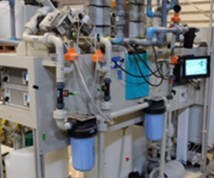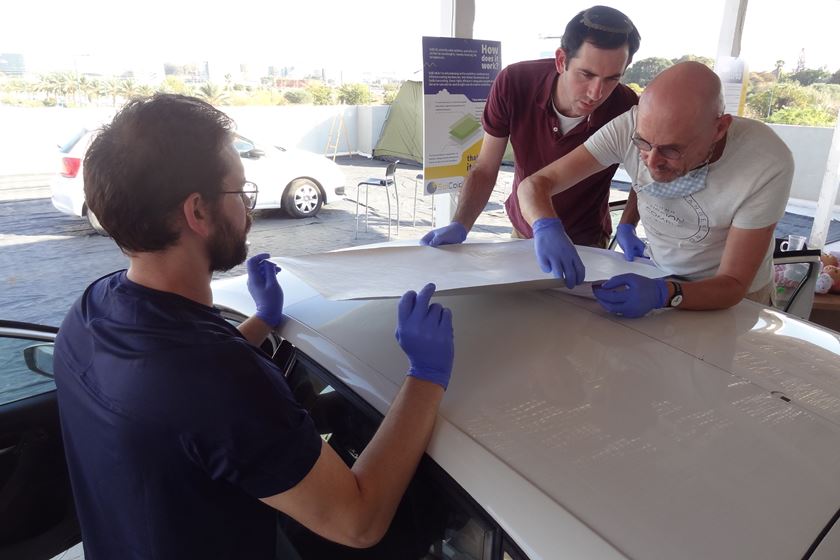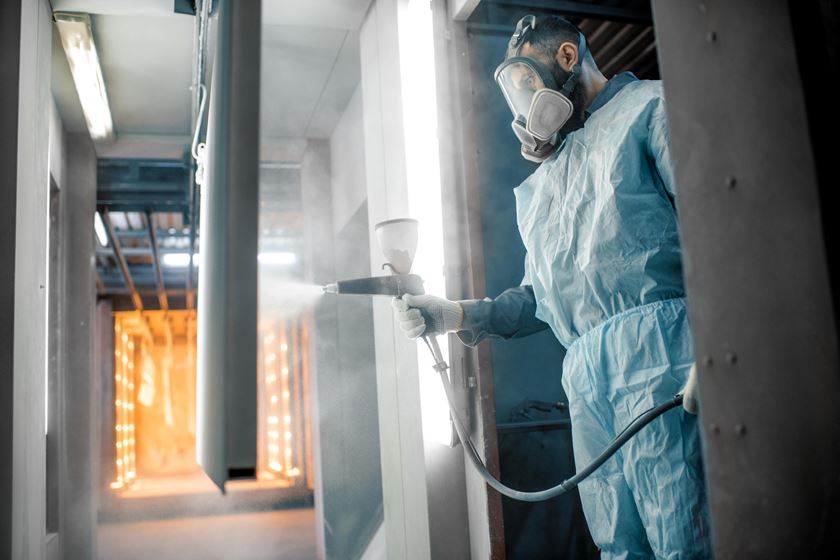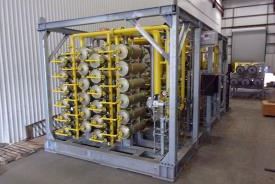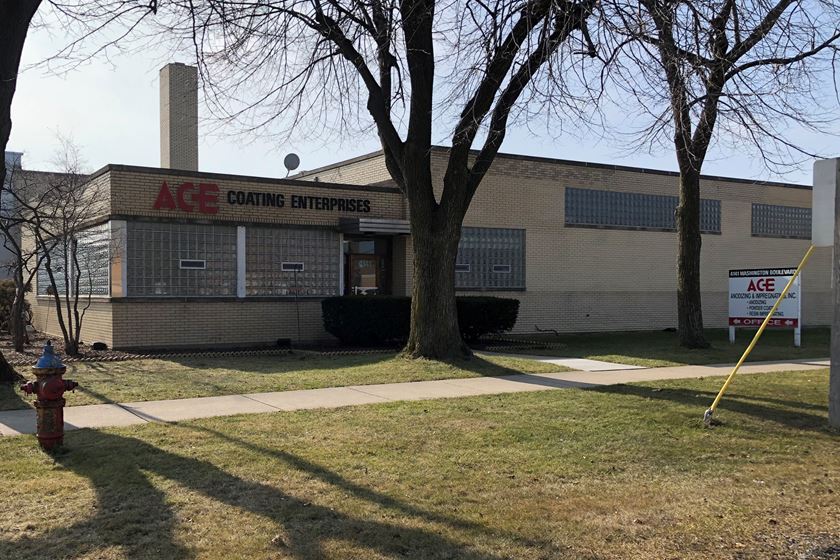Pioneer Metal Finishing Relocates to New Hope, Minnesota
The New Hope facility will feature advanced technology and disciplined manufacturing processes to keep Pioneer at the forefront of the metal finishing industry.
#masking #pollutioncontrol
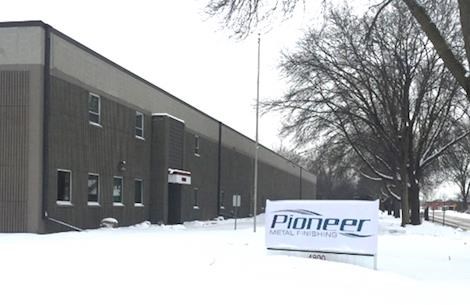
Featured Content
Pioneer Metal Finishing has announced a $10 million investment as the company will relocate its Minneapolis operations to New Hope Minnesota. The move will provide room for expansion of the company’s service offerings and the installation of a technologically advanced anodizing line.
The New Hope facility will feature advanced technology and disciplined manufacturing processes to keep Pioneer at the forefront of the metal finishing industry.
“Our decision to invest $10 million dollars in a new facility and new equipment is directly related to serving our customers, improving our operation, and being a competitive supplier for years to come," says Bob Pyle, Pioneer Metal Finishing’s hief Executive Officer. "This new facility continues Pioneer’s proud tradition of serving customers in the Minneapolis market for more than 70 years. Our entire organization is energized about our future and we are committed to our customers’ success. We’re excited to set the standard in the metal finishing industry. Pioneer’s investment demonstrates our commitment to customers, our community, and our employees."
The new facility will be operational in the first quarter of 2017. The Minneapolis plant on River Road will be decommissioned after the new facility is fully operational.
For information, visit pioneermetal.com.
RELATED CONTENT
-
Dis-Charge Your Powder
A practical approach to managing electrostatic problems and hazards during powder coating
-
Reducing Powder Coating Waste
Coating application is often overlooked as a potential money saver, but recognizing opportunities within this area is crucial to an efficient operation.
-
Plating Process Control
The cornerstone of quality and productivity for any finishing operation, process control is a plater’s key to success. To find out how far techniques have come, where they’re headed in the future, and how platers can raise the bar, Products Finishing convened a panel of experts for a roundtable discussion on the topic. With well over 100 years of combined plating experience, experts Greg Arneson, Art Kushner, Peter Gallerani and Joelie Zak share their thoughts.


